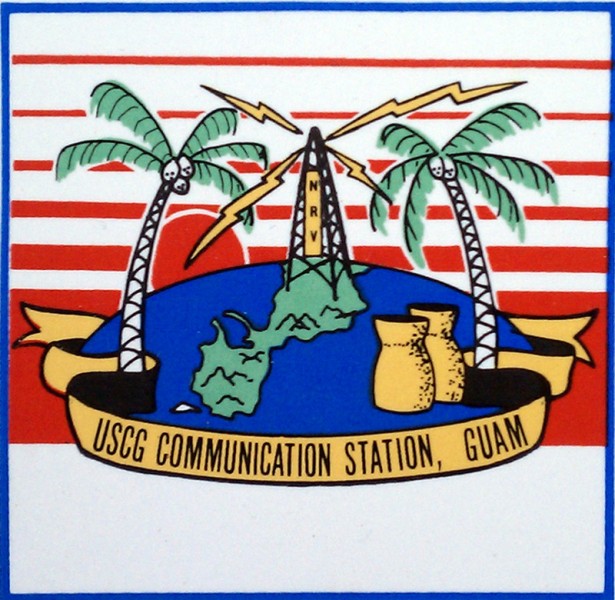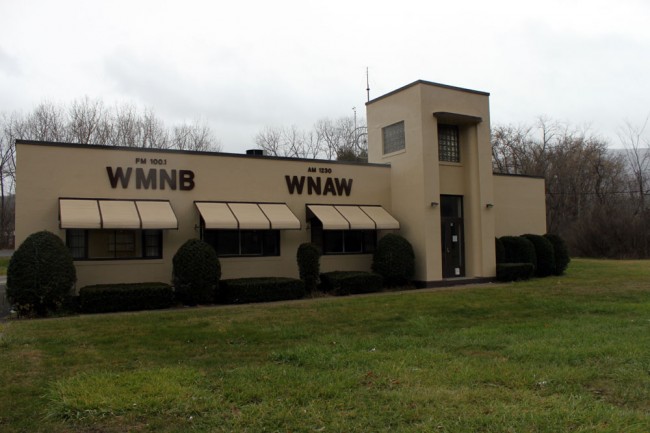So here you are, minding your own business on a not-so-frantic Wednesday afternoon when a guy shows up in the lobby and wants to see you. The receptionist says he has a badge and he is from the FCC.
Oh no! Panic! Mayhem! Chaos! Etc!
Actually, things are not as bad as they might seem, after all, this is not your father’s FCC.
Many stations use the state broadcaster associations’ Alternative Inspection Programs (AIP). This is where you pay a contractor from the broadcaster’s association to come out and do a mock inspection of your radio stations. After the station “passes” the “inspection” it is issued a “certificate” that “insures” it won’t be inspected by the FCC for three years.
Totally bogus, or as the French might say complete bull shit.
The stations I currently work for had those “certificates.” When the FCC inspector showed up, he laughed at them and inspected us anyway. We complained to the state broadcasters association and the head of the FCC enforcement bureau at the local field office, all to no avail. This happened four times. Each time the FCC inspectors found nothing and went on their way.
What did I learn from this? Why bother with the stupid AIPs when all that needs to be done is comply with the FCC’s rules. After all, the so-called “inspector” from the broadcaster’s association is merely going to use the same FCC checklist that is downloadable from the FCC website. Anyone can do that themselves.
I also learned that the FCC inspectors check a few things more closely than others. For example:
- The public inspection file should be perfect. Since they inspect these stations all the time, they know what is usually missing; Issues and quarterly reports, Contour maps, and license renewal cards.
- EAS logs and procedures. Make sure that every operator knows how to send an EAS test. Make sure that all the EAS logs have been checked and signed by the chief operator. Make sure that any discrepancies are noted.
- Directional AM station operating parameters. Still a hot-button issue and one area that trips up a lot of people. All antenna parameters are within 3 percent of licensed values. All monitor points below the maximum allowed.
- Equipment performance measurements. These are needed on all AM stations every year. They are carrier frequency harmonic measurements and NRSC-2 mask compliance measurements.
- Tower fences and tower registration numbers. Big one and easy to spot and fix. All AM towers need to have a locked fence around the base insulator. Any tower over 200 feet tall needs to be registered and have a sign with the registration number posted. The sign needs to be accessible and legible.
So prepare ahead of time for the inevitable visit. It is very easy to comply with the FCC rules using the FCC checklists. Both the AM station checklist and the FM station checklist can be downloaded and used to self-inspect any radio station.
Here is something else that I have found. Clean up the transmitter site. Sweep the floor, replace the burned-out lights, empty the garbage, keep a neat maintenance log, etc. These things go a long way to making a good first impression, which can make the inspection go a lot better.
Once, I and the FCC inspector pulled up in front of the transmitter building of an AM station. The grass in front was mowed, the bushes were all trimmed back, the field was mowed, the towers had new paint on them, The fences were in good shape, and the place just looked good. We were about to go inside when he asked “Does the inside of that place look as good as the outside?” Which it did and I said yes. Then he said he had seen enough, have a nice day.
So, when the FCC guy shows up, offer him a cup of coffee and relax, things are going to be alright.
Update: This is the actual checklist that an FCC inspector will use if he is inspecting a broadcast station.

You can download the .pdf version here.







Section 6c is somewhat puzzling. Modulation Monitors were deregulated in the ’80’s and no longer required. I always thought this was a dumb move. So now, a Yes-No question is indicated! Looking at the entire two pages of this checklist,over 50% is the work of busy bee lawyers. There is more emphasis on EAS, business hours, public inspection file, and station logs. Oh, I thought that station logs were deregulated back in the ’80’s also!
I have personal experience as an ABIP Inspector with the Modulation Monitor issue. Broadcast stations are not required to have a “modulation monitor” as in the past, but they are required to have the means to regularly check modulation, and providing a log that demonstrates compliance. A few stations claim the exemption from having a modulation monitor because they are not required to have one and are too cheap to buy one.
A speedometer is not legally require in many states, but it doesn’t make a whole lot of sense to not have one. It is possible to have a stop watch in your car and regularly check it as you pass the mile markers to determine compliance with the legal speed limit, but I would choose an operating speedometer.
My daughters married name is Aegerter, and she is married to Larry Aegerter. The live near me in the Seattle Washington area. Any relation?
Jim, I had a modulation monitor “discussion” with one of the FCC inspectors from the NYC office. During an inspection of an AM station, it was noticed that the station did have a modulation monitor in the rack. The inspector nodded approvingly and continued on with the check list. At the end of the inspection, after we drove around and did monitor points, base current ratios, check the modulation on the fancy FCC test set in the FCC Crown Victoria, he asked “When was the last time the mod monitor was calibrated?” I said I didn’t know, I’d have to look at see if there was a calibration sticker on it. So, I dug around in the rack, finally looking under it and reading a green sticker that said 9/84, which was the manufacture date.
“What!? You mean to tell me that hasn’t been calibrated in 20 years!” the inspector said, with a somewhat elevated volume and tone.
“No, I guess not,” I replied.
“Oh, that’s a violation notice,” he said and began scribbling something down on a piece of paper. I protested and mentioned that we had already checked the modulation on the fancy thing in his car and it substantially agreed with the mod monitor in the rack, so obviously, the mod monitor was still accurate.
“Doesn’t matter,” he said. I went over to the tool chest and got out a screw driver and began removing the mod monitor from the rack.
“What are you doing?” asked the FCC inspector.
“I am throwing this thing out, we are not required to have it and if it is going to get us in trouble, it is better to get rid of it,” I said. He looked at me for several seconds, then said, “Never mind, don’t throw your mod monitor away.”
I have several FCC inspector stories, some of them quite funny.
It would appear that New York has some turkeys for inspectors. I’ve had one inspection from the Chicago office back in the ’70’s and the guy was reasonable to deal with. His Ford Fairmont was loaded to the gills with equipment and the front seat was broken from his weight. Everything was “by the book”, and I was congradulated after the inspection. We had a interesting conversation about the Rules, and the opinion of the Chicago office at that time was to get a station into compliance rather than bludgeon it with fines or sanctions. I have usually found the midwest more reasonable than the “left” and “right” coastal areas.
Paul: What happened after that, did you actually get fined?
From my own personal experiences, modulation monitors aren’t all that great. I still like to have one in the rack however.
The old Belar FMM1 even when supposedly calibrated will indicate an over- deviation peak when there actually isn’t one. That in part happens when the monitor has been turned off in a cold room for a while, and then when it is turned on,it seems to read more believably. It may be a solid state device but it needs some warm up time at least initially.
@Mark, No, we never heard another word about it. The station was substantially in compliance with all the FCC rules, I think he was just looking for some way to justify his existence. Of all the stations that I worked at as a Chief Engineer, none ever received an FCC fine, I am happy to say. Others are not as fortunate.
@John, you could say that there was one particular FCC inspector in the NYC field office who was especially judicious while discharging his duties
Where can I get a FCC Safety Certificate inspection done in the NYC area post haste? Thanks.
@Ken, I don’t rightly know. You may want to call the FCC office on Varick street, (212) 337-1865